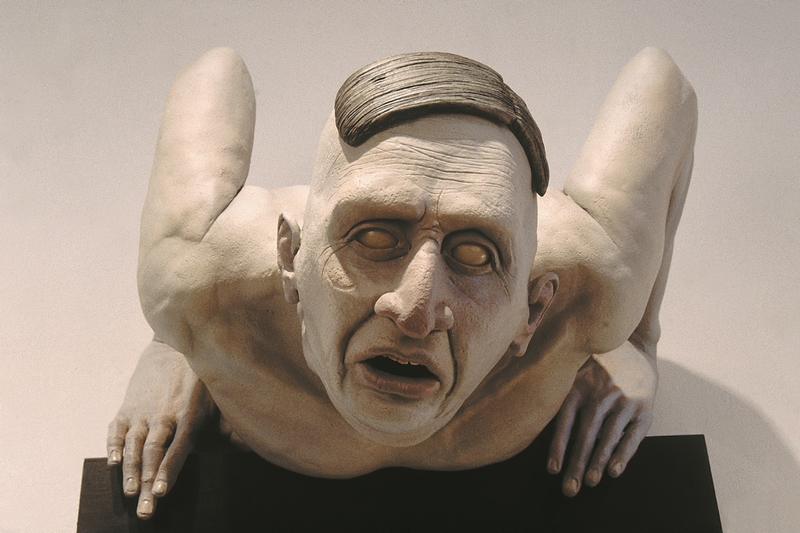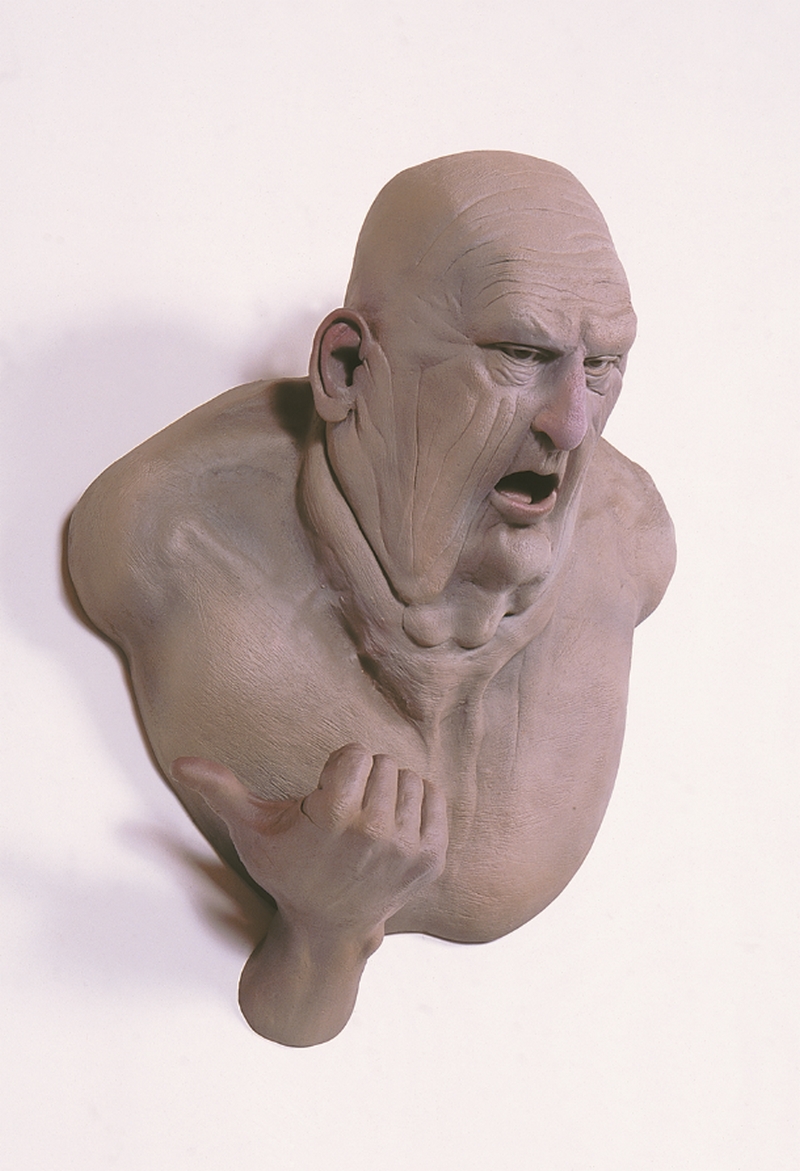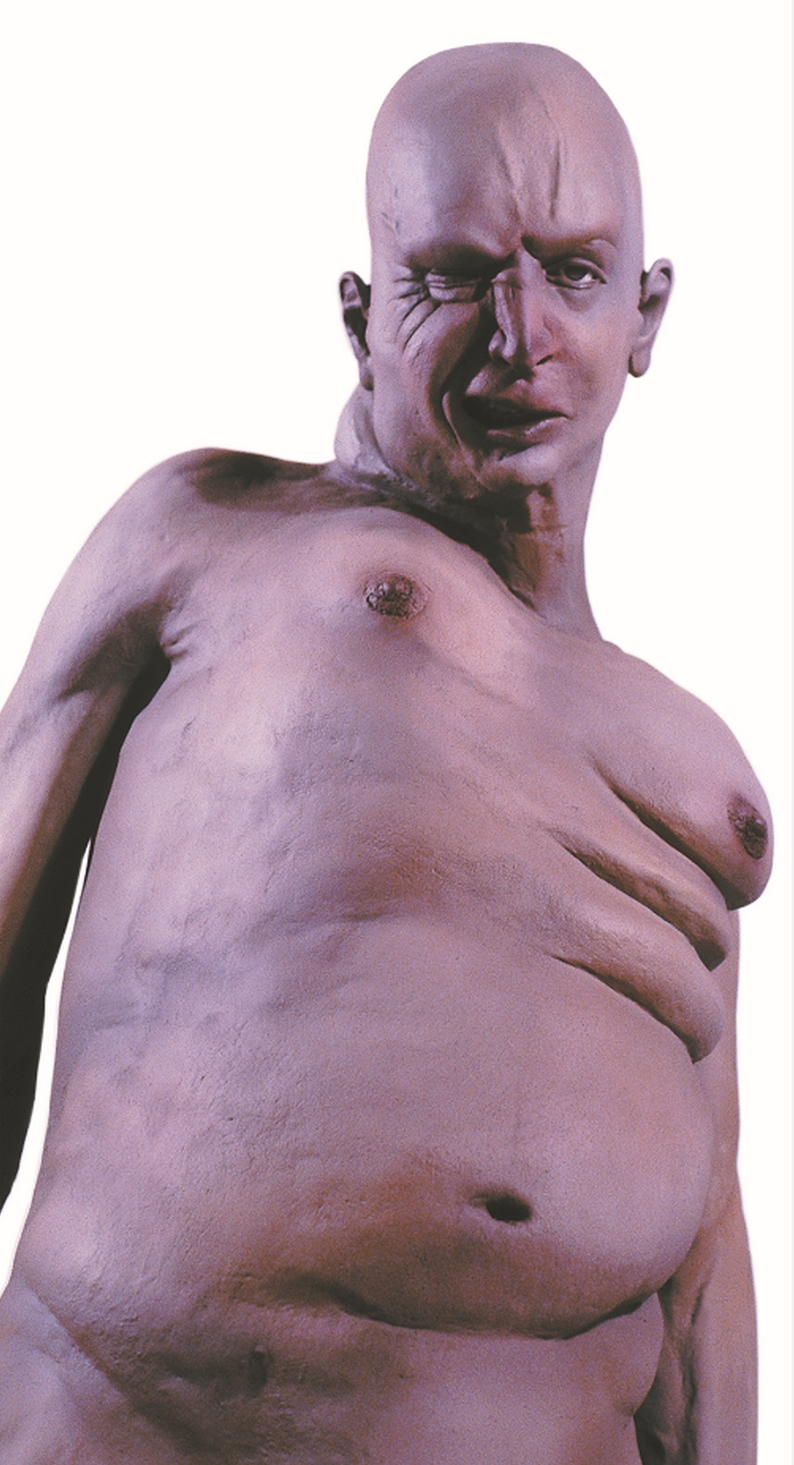
What the… heck are these figures made of? Clay. These ceramic figures were created by Alma, Michigan sculptor, Curt LaCross. LaCross uses a mixture of WEST SYSTEM® epoxy and clay to assemble and finish large figures that must be fired in pieces.
Readers may remember LaCross from the back page of Epoxyworks 20, as the ceramicist who kept the terra cotta “Sparty” statue on the MSU campus from falling apart.
LaCross begins by fabricating the clay pieces, then disassembles them so they can be properly fired. In the full figures, he creates joints at the ankle, the knee, the upper leg, the waist, the arms and the neck. He bevels the edges of the joints to create a depression for the epoxy. He also roughs up the depression with a wire brush to give the clay some tooth and provide a textured bonding surface for the epoxy.
After all of the joints are prepared, LaCross loads the pieces into the kiln, fires them and reassembles them. He reassembles the work using epoxy thickened with powdered ball clay. He slowly mixes the clay into a small batch of 105 Resin/206 Slow Hardener until it reaches a putty-like consistency. Wearing latex gloves, he thoroughly kneads the mixture in his hands. He then applies the mixture to the joints. As the pieces are joined, he fills the joint depressions flush and smoothes the surface with denatured alcohol. Once the epoxy has cured, the pieces are painted with acrylic paints.
LaCross says that the nice thing about using ball clay as a filler is that it will become quite putty-like as opposed to some of the other fillers he has tried. He has found this epoxy putty to be extremely strong and, due to the plastic qualities of the ball clay, very easy to work with.







